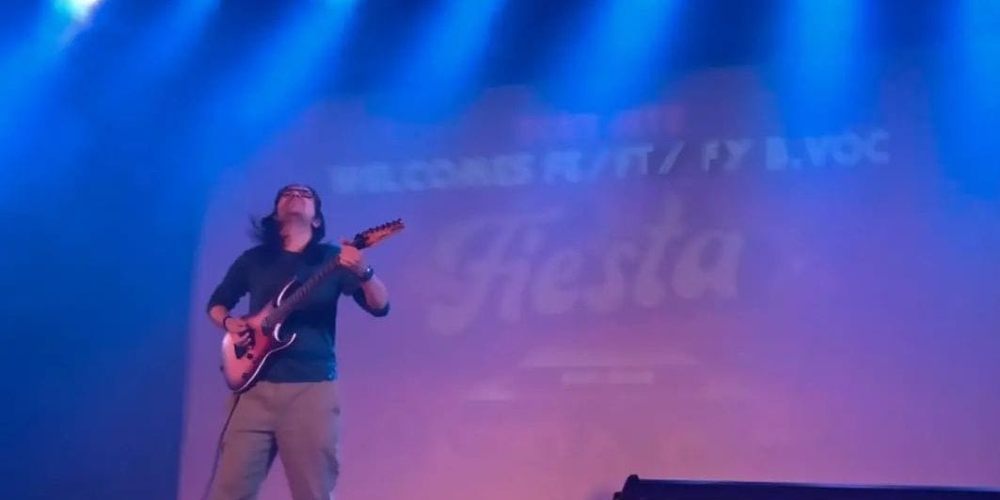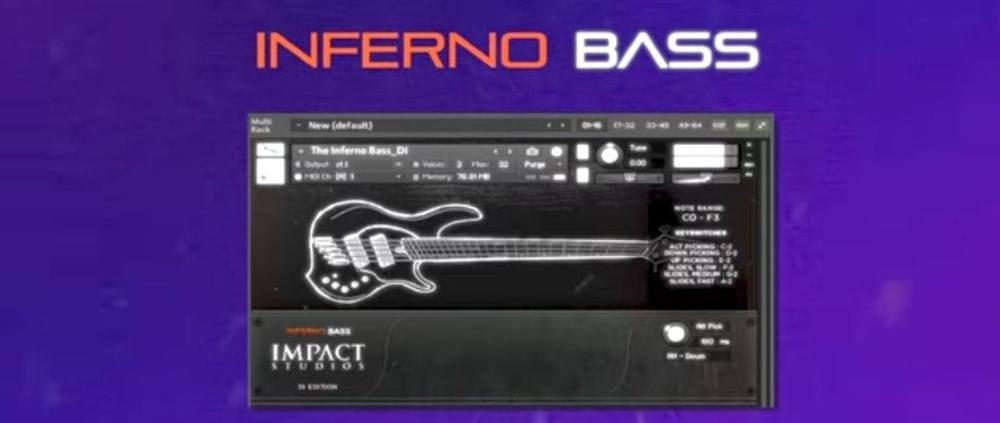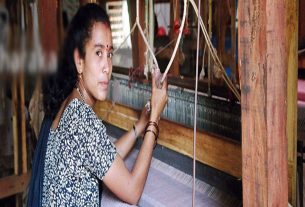With innovations in software technologies, new kinds of virtual instrument software have emerged that could provide a cost-effective alternative to musicians on a small budget.
Prerak sighed as he stared at his computer screen, the drum kit he needed cost more than his internship could pay him in a month. As a progressive rock guitarist, he needed drums in his compositions.
But as a computer science student, who made music in between long study sessions, he neither had the time, patience or resources to purchase a drum kit or learn how to drum.
Nor did he have a band that he could collaborate with who would commit to his vision. Prerak felt dissatisfied with music applications that could mimic instruments since they felt rigid and restrictive.
This is a common issue that plagues artists and musicians especially in an era where the cost of living is rising to an extent where the needs for food and fuel have become much direr.
The average musician would find it very difficult to finance their career during a global cost of living crisis, as evidenced by news reports of some musicians skipping meals in order to continue pursuing their careers.
This is where virtual instrument softwares can help mitigate these troubles. Startups like GetGoodDrums and SubmissionAudio are providing these services at roughly 80 to 70 per cent lesser costs with minimal compromise on sound quality.
They are companies consisting of software developers, sound engineers and musicians who studied music genres and instrumental archetypes and recorded them in order to capture and provide accessibility to the various nuances that a career musician would be familiar with.
They then create an accessible user interface in order to simulate the feeling of playing those instruments on your computer. Their added advantage is they sound virtually indistinguishable from their analogue counterparts to even a trained ear.
“What essential items a musician would require is to get like minded people together in a room and jam until something hits,” Prerak said.
But being a solo musician with a particular vision, Prerak turned to the software to aid him in his performances and recordings to make sure his vision is not diluted.
“With tech like virtual drums and bass, ideas can be made whenever wherever. I for one have played live several times; thanks to these technologies, I was able to do it on my own,” he said.

Music producer Animesh Daniel, stated that using virtual software aided him in producing music at a shoe-string budget.
“To put things into perspective, a professional drum set at a lower end price range would cost a musician around Rs. 30,000 whereas software like this costs me around Rs. 8,000 at roughly a fraction of that price,” he said.
Virtual instrumentation technology is also used by established musicians like Dave Mustain from Megadeth who swore by devices like the Quard Cortex developed by the company Neural DSP. They are machines which use Artificial intelligence and a network of algorithms to perceive and replicate a desired sound.
Their most recent product, ‘Archetype’ has guitar plugin tones with help from artists like Plini, Tosin Abasi and John Petrucci.
This software could help artists bridge the gap between having an idea and lacking the time and skills to purchase and learn an instrument in order to turn that idea into a composition.
“You can always just skip the orthodox approach of mixing. If you know what you’re doing,” Daniel said.
However, artists have contended that creativity is still what drives music production rather than fancy gear. Musicians like JPEGMAFIA have used an archaic sampling machine from the 90s, the Roland 404, to produce his hit album ‘Scaring The Hoes’ with fellow artist Danny Brown.
JPEGMAFIA believes that a musician need not rely on latest tech in order to prove themselves.
“I’m better than most people in the industry, talent-wise. So I did it to prove it. I used one machine and charted. These people have 18 people tweaking hi-hats and can’t feed their kids. Anybody mad is mad because it’s true,” he said in an interview with Loud and Quiet.
Such technology could also reduce the impact distance has when it comes to collaborating on music production.
There are options to save presets in the software so one can share the same settings to someone else.
“This definitely helped me while I was having my debut song mixed as I just sent the preset files to my mix engineer and he got the tones that I had on my computer just through that,” Prerak said.
The entire music production process was done over zoom calls over several months, as his mix engineer was living in a different city.
“But it wouldn’t have been possible without the availability of such products,” Prerak concluded.
Vinod, a local music teacher said that such software was easy to use and handle and cost effective “It reduces the cost of hiring a studio to record a track or mix or master a track, he elaborated. “Going to the studio and getting the job done is expensive,” he said.




